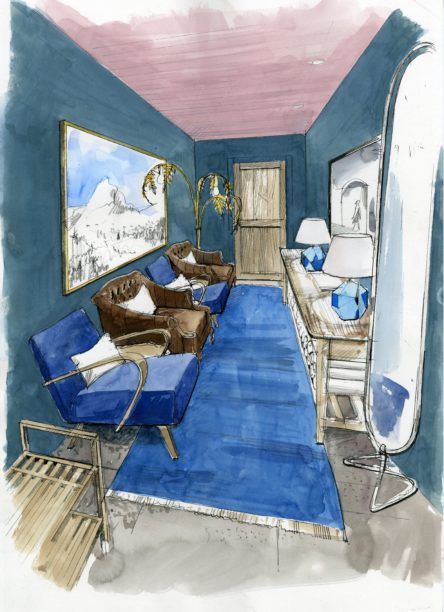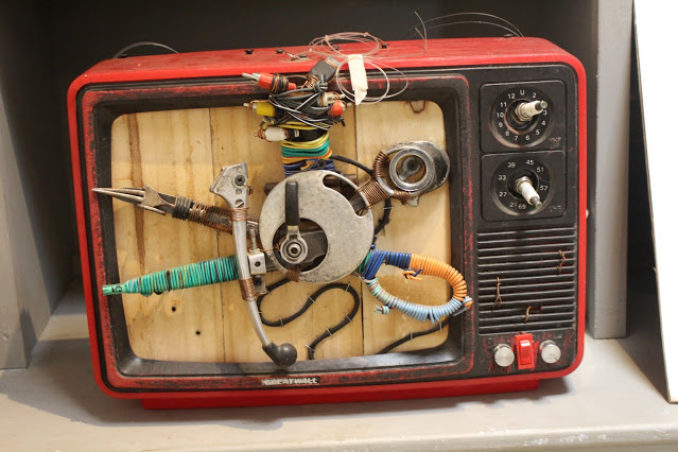
I have always thought of myself as rough luxe inclined, not only because it is a style my father pioneered in London with the designer Rabih Hague and the Nu. 1 hotel, but because it matches my philosophy in life. Rough luxe celebrates imperfect luxury, luxury with an edge. It is not as easy as just going out and buying something expensive – it requires some discovery and work to bring an old piece back up to standard. The rough stands for the worn, sometimes rusty or chipped material; the celebration of these textures with careful placement creates a new sort of luxury. The photographer Francois Halard says he admires homes that are ‘a reflection of the soul, not what the owner can afford’. He is right – interior design is about so much more than acquisition or expensive items.
Now, as all of us become more aware of our environmental impact and, at the same time, hopefully try to change the way we live, it’s a perfect time to take worn pieces of furniture and give them a new lease on life. There are many ways to do this. Retrouvius, for example, is a ‘destination salvage company’, overseen by Adam Hills and a design studio, run by Maria Speake. They reclaim anything you can take from a building, give it a polish, and reuse it in new designs. ‘Upcycling’, where people take something old and restore or reimagine it, making it as good as new, has become commonplace now. It can go as far as taking rubbish and turning it into art, as British artists Tim Noble and Sue Webster, made their name doing back in the ‘90s.
I am working on a gym in Switzerland at the moment. It’s been a fantastic project because the clients are looking for exactly this sort of perfectly imperfect approach. They want their business to have the sense it has been there forever. By using antiques with imperfections, texture and history, we are able to create a space that has provenance and style. Imagine training in a place where you feel as comfortable as in your own living room, where talking with your trainer can sometimes seem more like a session with your therapist. This gym turns from a place you might dread going to, to a place you long to get to – it’s homely and comfortable, it has real character. We’ve created this fresh, inviting and relaxing atmosphere by blending these antiques with their imperfect finishes with contemporary pieces – along with a carefully chosen colour scheme. You can just imagine this enfilade from Maison Artefact with rolled up towels in the bottom part and decorative elements on top – beautiful yet functional.

One of the elements I enjoy most about rough luxe is that it celebrates the imperfections present in humanity. We are not perfect, polished or clean. We are imperfect and we should celebrate these flaws – therein lies real beauty; hence, my perfectly imperfect ethos.

